Chances are you have heard a story about someone who suffered from a cardiac arrest but lived thanks to an Automated External Defibrillator (or AED).
In case of a cardiac arrest, minutes can literally mean the difference between life and death. That is why many emergency services organisations use AED mapping to locate the AED closest to the scene of an incident. That way witnesses can start rescuing a cardiac arrest victim until emergency services arrive.
EENA is happy to publish today a document dedicated to AED mapping highlighting why and how it can have a great impact on emergency services and people in distress. The document also elaborates on the challenges behind implementing and maintaining such a tool and provides concrete recommendations for progress.
EENA would like to thank all contributors to this document that made its publication possible including EENA Members Fulvio Kette (AED Map), Stephen Hines (London Ambulance Service), Pawel Dabrowa (Fire and Rescue Unit, Poland), as well as EENA team members Jerome Paris, Cristina Lumbreras and Demetrios Pyrros.
